#flora of China
Explore tagged Tumblr posts
Text







Acer pentaphyllum is an critically endangered species endemic to SW Sichuan China. Several ex-situ conservation programs in China are dedicated to save it, and new wild populations were also reported recently. 五小叶槭
9 notes
·
View notes
Text
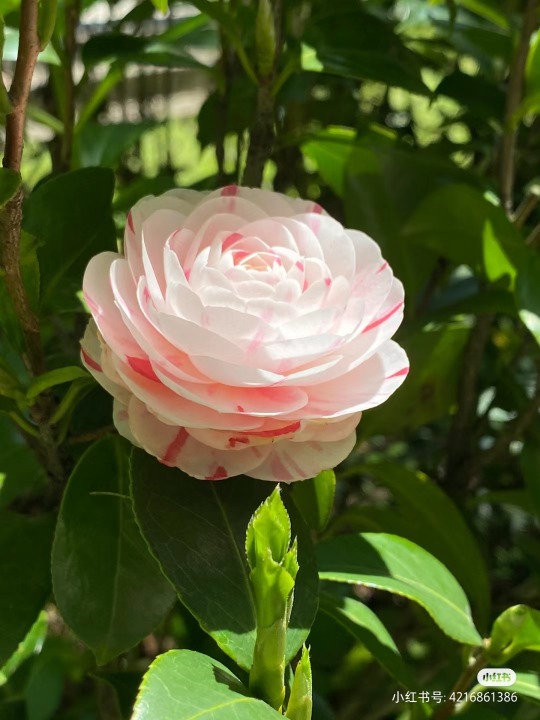
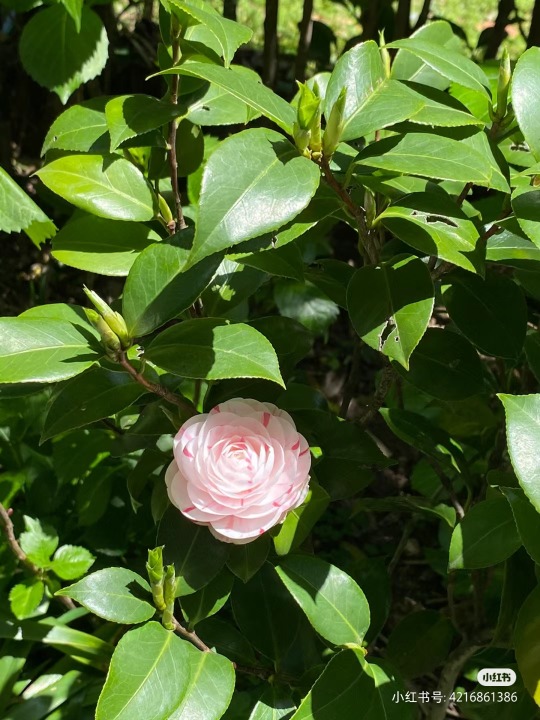
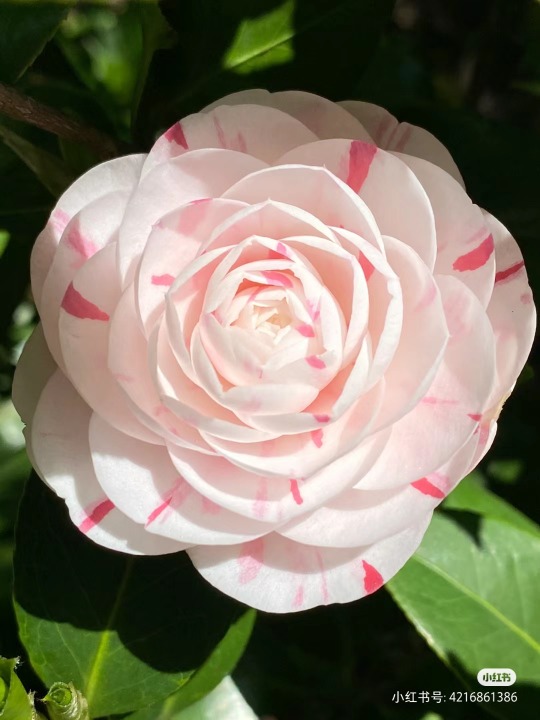
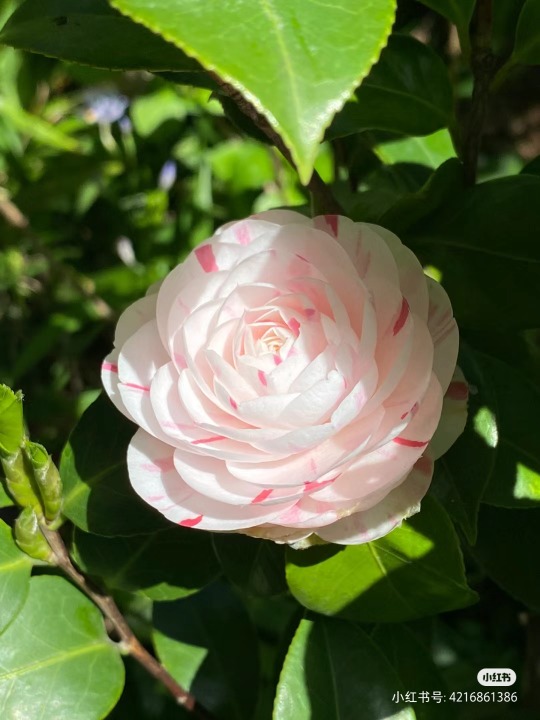
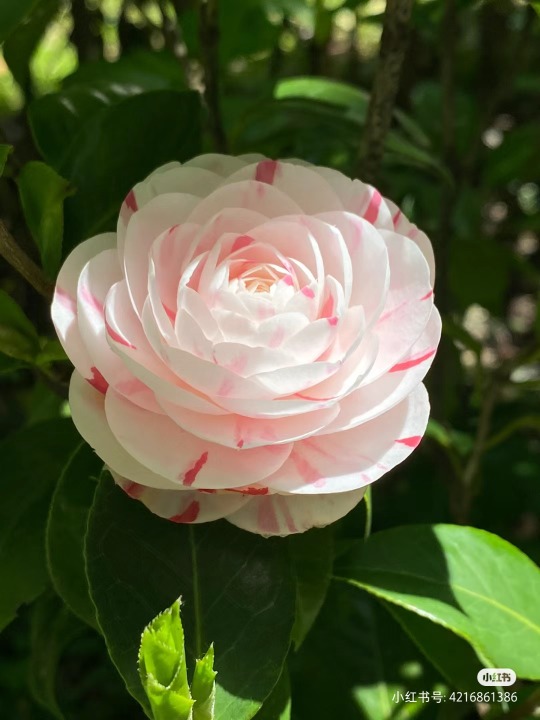
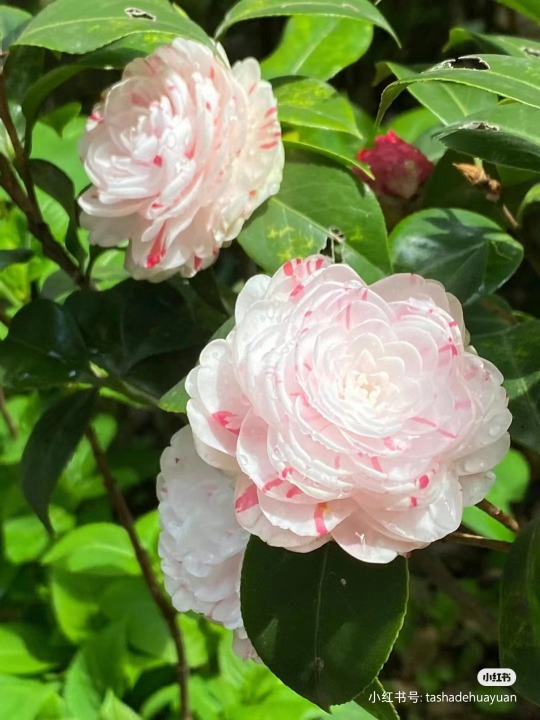
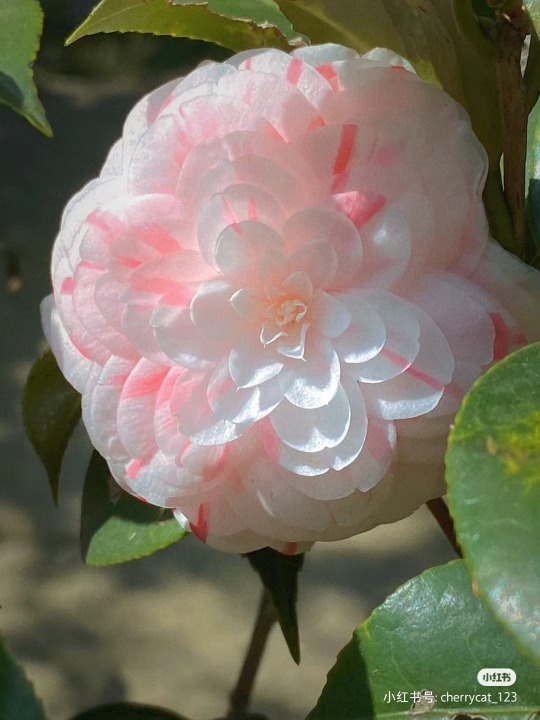
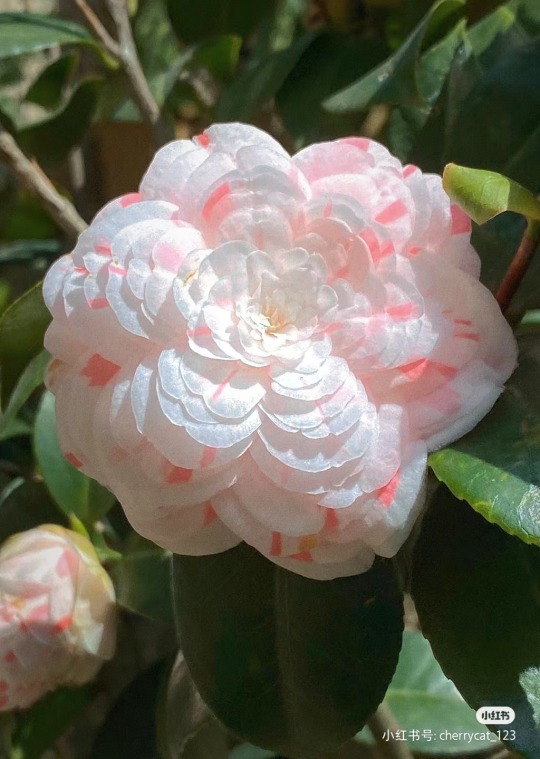
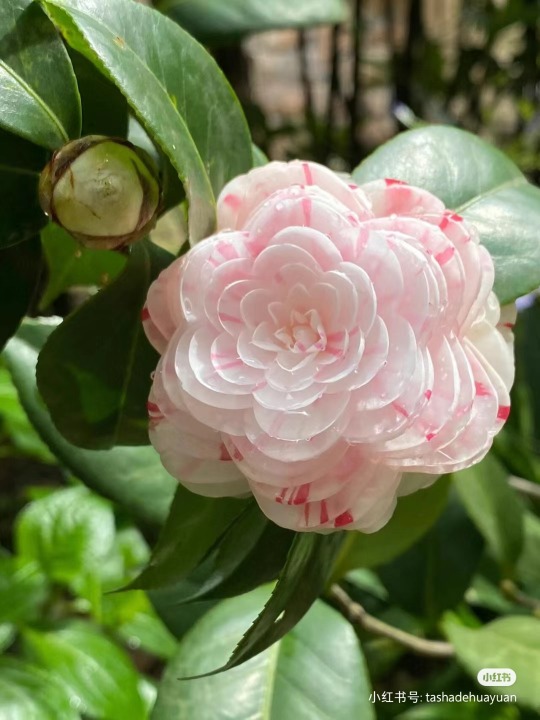
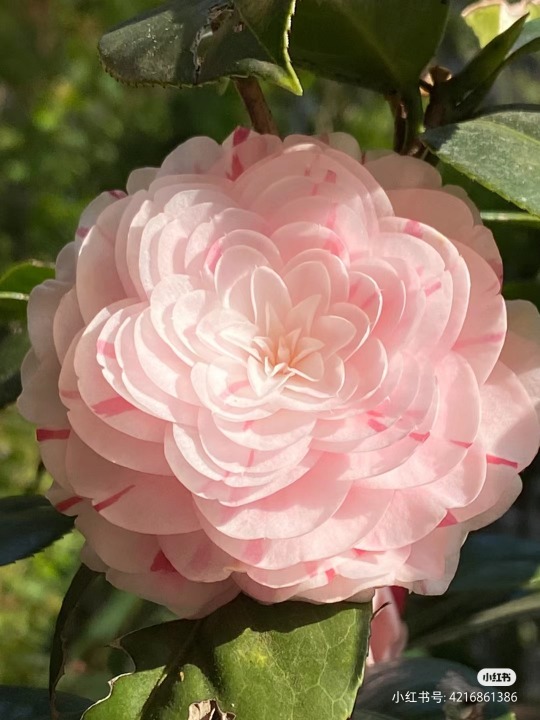
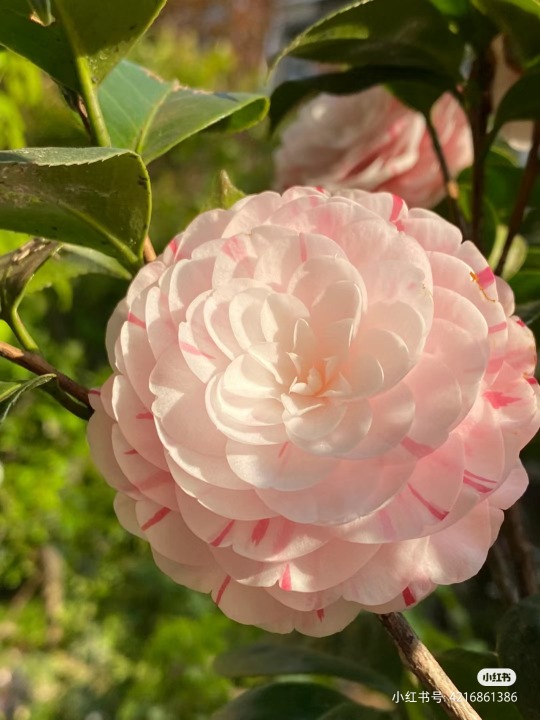
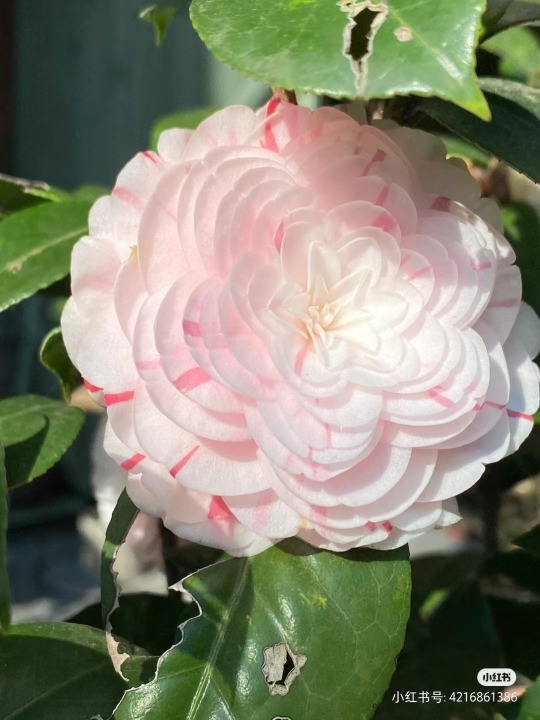
camellia sinensis, chinese variety, 十八学士shi ba xue shi (eighteen scholars)
6K notes
·
View notes
Text

Spicy
Watercolor On Black Cotton Paper
2024, 10"x 14"
Red China Asters, Callistephus chinensis
#art#nature#flowers#artists on tumblr#floral#watercolor#painting#minimalism#flora#red#aster#asters#china aster#china asters#red asters#callistephus#wildflowers#plants#garden#greenery#botany#plant#botanical#happy#contemporary art#artwork#cottagecore#cottagecore aesthetic#autumn#fall
329 notes
·
View notes
Text
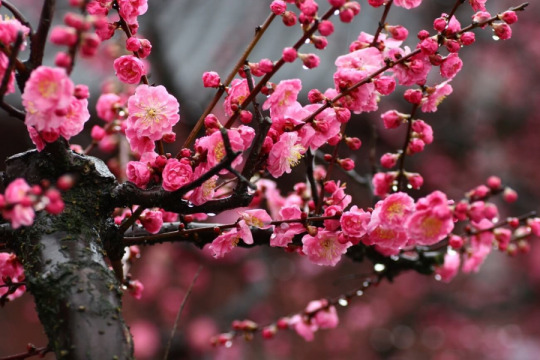



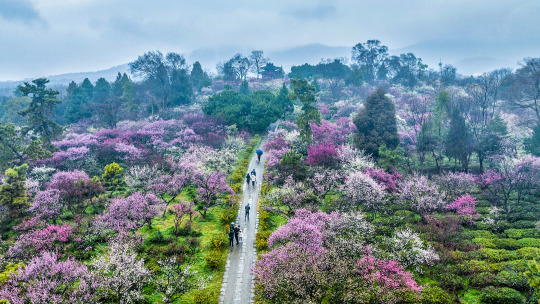
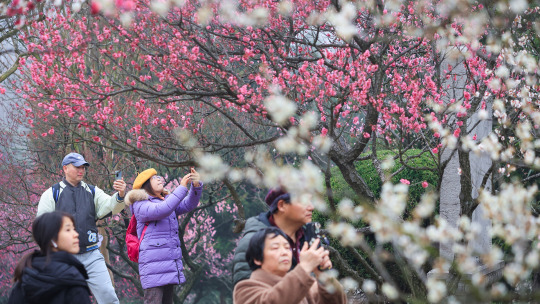
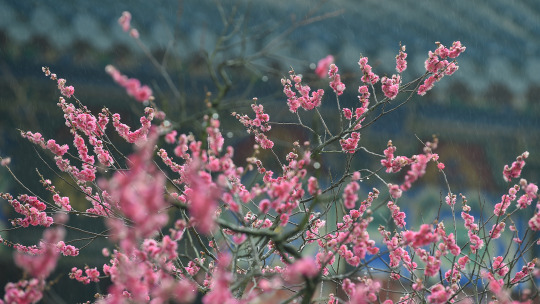
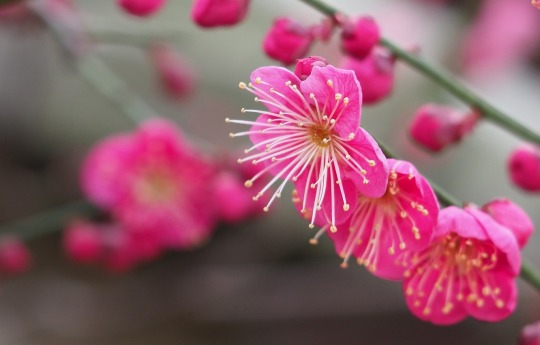
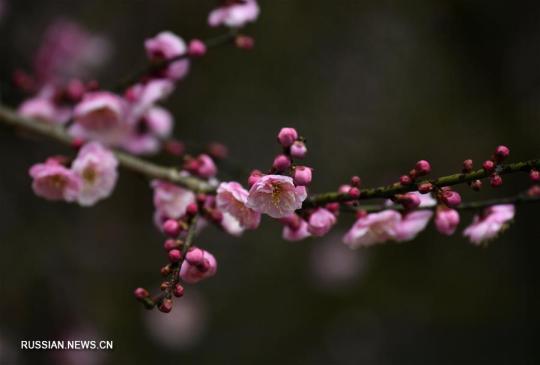


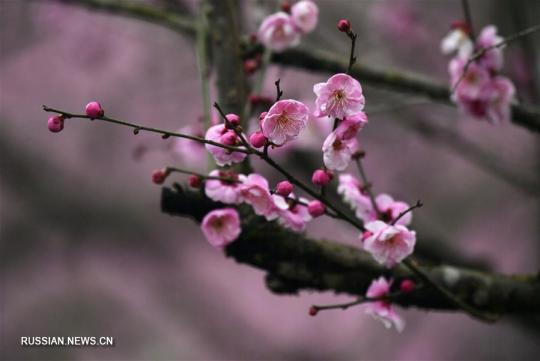
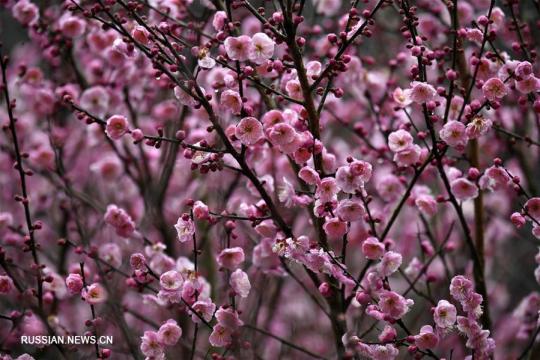
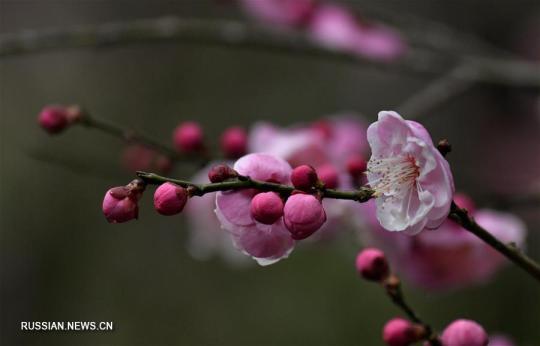
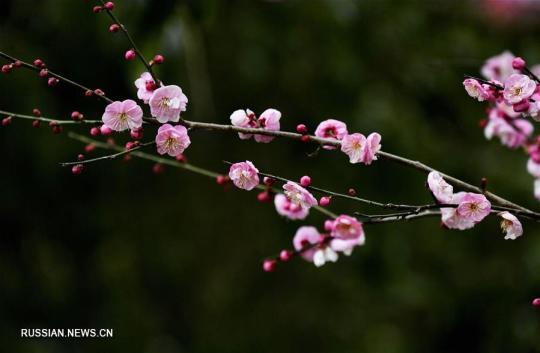
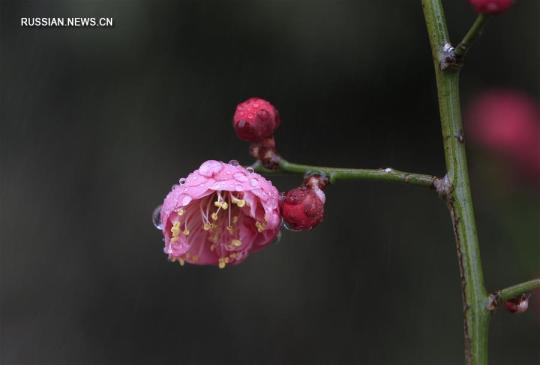
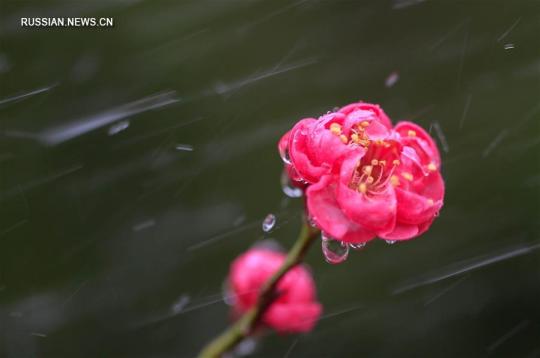



Вот так цветёт дикая китайская слива - Мэйхуа. Мэйхуа - самый главный поэтический символ в Китае. Слива входит и в "4 благородных", и в "три друга зимы". Её цветение приходится на конец зимы-начало весны. В Китае слива мэйхуа была вестником весны, нередко её цветение совпадало с празднованием китайского Нового года — Праздника весны 春节 чунь-цзе, который отмечается в конце января-начале февраля по лунному календарю.
Родиной мэйхуа считается район реки Янцзы, откуда она широко распространилась по всей Восточной Азии, включая Японию, Корею, Тайвань, Вьетнам. Произрастает на каменистых склонах гор на высоте от 300 до 2500 метров над уровнем моря. Мэйхуа зацветает раньше других цветов и выдерживает морозы до -50°. Нежные цветы нередко покрывает снег, создавая удивительный контраст. Цветы сливы отличаются разнообразием: есть белые, розовые, красные.
В эпоху Тан (618-907) в китайско�� живописи появляется отдельное направление — живопись мэйхуа, которое окончательно оформилось в эпоху Сун (960-1279).
This is how the wild Chinese plum, Meihua, blooms. Meihua is the most important poetic symbol in China. Plum is included in both the "4 noble ones" and the "three friends of winter". Its flowering occurs at the end of winter-the beginning of spring. In China, the Meihua plum was the herald of spring, often its flowering coincided with the celebration of the Chinese New Year — the Spring Festival 春节 Chun-tse, which is celebrated in late January-early February according to the lunar calendar.
The birthplace of Meihua is considered to be the Yangtze River region, from where it has spread widely throughout East Asia, including Japan, Korea, Taiwan, and Vietnam. It grows on rocky mountain slopes at an altitude of 300 to 2500 meters above sea level. Meihua blooms earlier than other flowers and withstands frosts up to -50 °. Delicate flowers are often covered with snow, creating an amazing contrast. Plum flowers are diverse: there are white, pink, red.
In the Tang era (618-907), a separate direction appeared in Chinese painting — Meihua painting, which finally took shape in the Song era (960-1279).



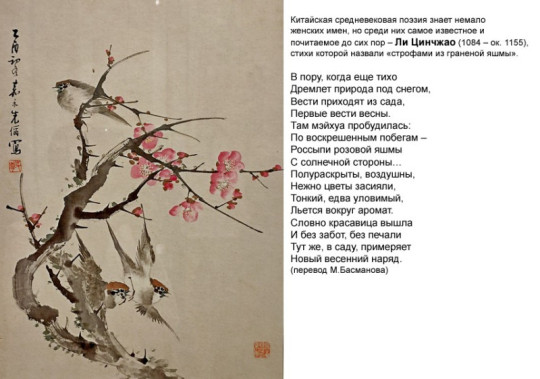
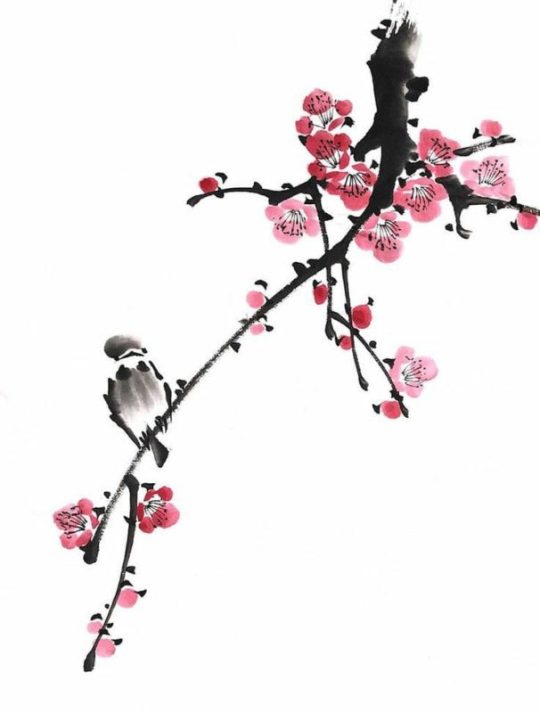
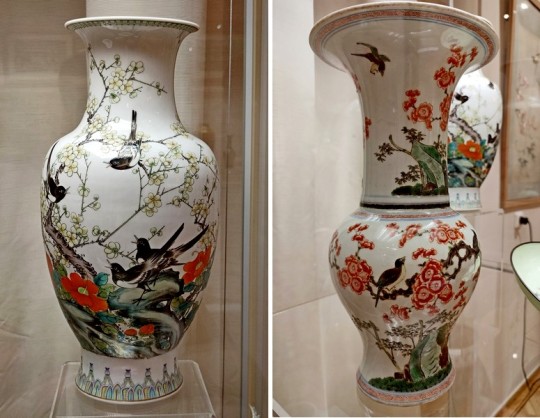
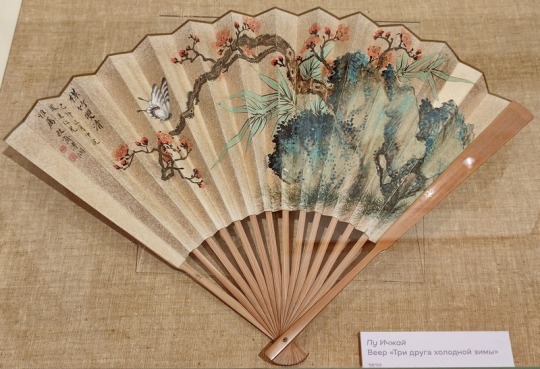


Источник://anashina.com/sliva-meihua/, //russian.news.cn/importnews/2019-02/01/c_137791307_10.htm, //russian.people.com.cn/n3/2017/0130/c31516-9172556-5.html, /chainka.com/blog/simvolika/255-tsvetushchaya-sliva-mejkhua, bogachkova1957.livejournal.com/86338.html, /koryo-saram.site/glavnyj-simvol-nachinayushhejsya-vesny-i-zhizni-czvety-slivy-매화/, /dveimperii.ru/articles/tsvetuschaya-dikaya-sliva.
#China#Xuanen#Nanking#nature#flora#plum#Meihua#flowers photography#flowers#flower aesthetics#bloomcore#painting#Asian Art#Китай#Сюаньэнь#Нанкин#природа#флора#слива#Мейхуа#цветы#живопись
193 notes
·
View notes
Text
Skyscrapers In The Garden

Callistephus chinensis or China Asters reaching for the sky in the conservatory. Photo credit: Eleanor Chua.
This was captured at the level of the asters. Greens and yellows were then pulled back a bit in post for the stems to stand out better.
#photographers on tumblr#Callistephus chinensis#china aster photos#flora fauna#flora photography#flower pics#lumix photography#panasonic fz1000#photography editing#photography tips
35 notes
·
View notes
Text

Agora Garden in Taipei, TAIWAN
45 notes
·
View notes
Photo


grimes for vogue+ china august 2022 by bryan huynh
#grimezsz#vogue#vogue china#vogue+#magazine#fashion#editorial#bryan huynh#flora#elements#detail#grimes#c boucher#claire boucher#claire elise boucher
56 notes
·
View notes
Text
Teaser for Taylor's interview/Q&A with Talter China! (yes, interviews have teasers)
That jacket looks so fucking good on him???? What the fuck????
#rwrb#red white and royal blue#rwrb movie#taylor zakhar perez#alex claremont diaz#yeah i think there are still a couple more things from his China trip that has yet to be released#also what the fuck is with that jacket it's so good#i'm in love with the embroideries#and it looks so good on him?#i think it's a different black blazer? The other one has cloud embroidery and this one's flora#why haven't I seen this set anywhere else? It's so good on him???
55 notes
·
View notes
Text




The Atlantic
#flora#abandoned places#china#ogerponpropaganda#nature#photography#aesthetic#hills#so pretty#houtouwan#greenery#buildings#villages#village
8 notes
·
View notes
Text

Bamboo Ganjiakpo, Beijing, China 2024
3 notes
·
View notes
Text

Chen Shu, Beautiful Scene for the New Year, 1735.
Chen Shu was an accomplished female painter during the Qing Dynasty.
5 notes
·
View notes
Text
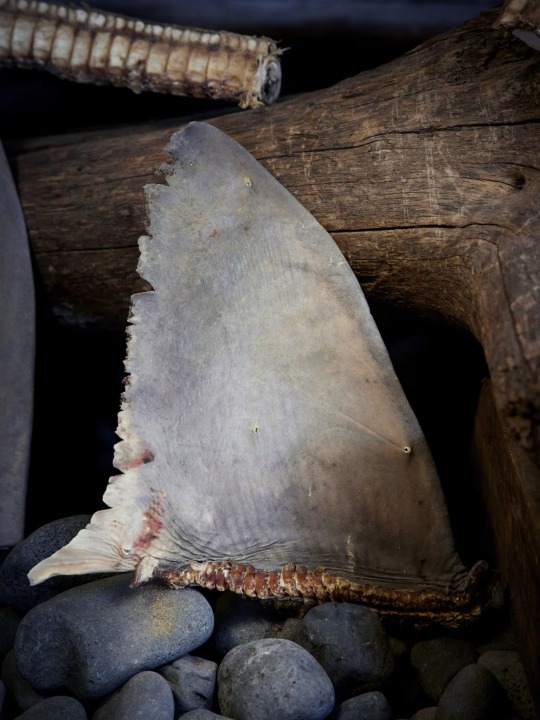
About one-third of all shark species are threatened—and tens of millions are killed each year by commercial fishing industries. Photograph By David Maupile/Laif/Redux
Sharks Are Still Being Killed At High Rates—Despite Bans On Finning
Shark fishing regulations, including bans on cutting off fins, increased tenfold since 2000. Yet a new study shows that deaths may have actually ticked up as new markets for shark meat emerge.
— By Tim Vernimmen | January 11, 2024
In 2019 at least 79 million sharks died in fisheries, and at least 25 million of those belonged to threatened species—numbers that have stayed steady or even risen in the past decade.
Compared to 10 years ago, fewer of those sharks died because people cut off their fins and threw them back into the sea—a practice known as finning that is now prohibited in about 70 percent of countries and overseas territories. But regulations that have reduced the frequency of finning have not saved shark lives, an international research team reports in the journal Science this week.
“If anything, global shark mortality has slightly increased,” says Boris Worm, a marine ecologist at Dalhousie University in Canada. Now most sharks are landed whole, and a growing demand for shark products has driven fisheries to continue catching the animals.
Worm and seven colleagues spent the past three years collecting data on shark mortality and fishery regulations. “This was really a challenge,” he says, “as shark fisheries are notoriously underreported. We compiled everything we could find, from catch numbers to data from observers on boats in international waters to estimates of coastal fishing that include recreational, artisanal, and even illegal fishing.”

Employees of the Kowalski fishing industry in Santa Catarina, Brazil, wash sharks recently caught in ocean fishing. Photograph By Victor MoriyamaFor National Geographic

A counter in a Chinese medicine shop in Taipei sells shark fins. Photograph By Michael Wolf Estate/Laif/Redux
The global analysis reveals that even though there has been a tenfold increase in regulations on shark fishing and finning, mortality in the past decade remained more or less the same, with estimates of 76 million dead sharks due to fishing in 2012 and at least 80 million in 2018. Given that not all catches are reported in sufficient detail and some aren’t recorded at all, the researchers say, the number of deaths is likely to be significantly higher.
A Shark 🦈 Market
Marine ecologist Nicholas Dulvy of Simon Fraser University in Canada, who has not involved in the study, points out finning regulations did help “to ensure many catches could be identified to the species level, which is necessary for catch and trade limits” and also aids research. “Regulation of international trade has now begun, with the protection of over 100 shark species under the Convention on International Trade in Endangered Species of Wild Fauna and Flora,” he says.
While these trade regulations appear to have led to fewer sharks getting killed in international fisheries, coastal fisheries have started catching more sharks.
To try to understand why that might be, the researchers interviewed 22 experts including scientists, conservationists, and people working in fisheries or companies that process shark products. “They’ve told us that existing markets for shark products have expanded,” says marine conservation scientist Laurenne Schiller of Carleton University in Canada, a co-author of the study. “Which may be due in part to the increased availability of sharks resulting from anti-finning regulations.”
Shark meat, even from endangered sharks, is increasingly found in a variety of food products, and not just in still-popular shark fin soup. Shark is also often used in fish and chips, in ceviche, or as a fraudulent alternative for swordfish.
In addition, shark cartilage and liver oil are common ingredients in the medical and cosmetics industries. “Many beauty products contain squalene,” Schiller says, “which usually, but not necessarily, derives from sharks. So it’s good to look for products that use plant-based alternatives instead.”
The researchers say that that to save sharks, anti-finning laws clearly do not suffice, and there need to be more extensive fishing regulations.
“There are 29 countries and overseas territories that have already prohibited shark fishing in their waters,” says Worm. “The Bahamas, for example, have discovered that sharks were worth much more as a dive attraction for the ecotourism industry, which is booming. On average, we see such prohibitions are the only tool that consistently reduced mortality, so we would encourage that.”

Fishermen go out fishing sharks in Cananeia, a coastal town in the state of São Paulo, Brazil. Restrictions on species allowed for fishing have led many local fishermen to specialize in other fish and crustaceans such as shrimp and sea bass. Photograph By Victor MoriyamaFor National Geographic
Gillnets Kill
In places where people depend on fisheries for their livelihoods or sustenance, bans may not be appropriate, but keeping fisheries at sustainable levels is crucial to maintaining wild populations.
“This includes, of course, science-based catch limits for sharks,” says Schiller. “But many interviewees also told us about the dangers of unselective fishing gears, like gillnets.” These walls of netting that hang vertically in the water column are designed to catch fish by their gills, and they tend to entangle every animal that is too large to fit through the mesh. “Our own analyses show they are commonly used in the places we identify as mortality hotspots. So phasing them out and encouraging more selective practices in places like Indonesia, Brazil, Mauritania, or Mexico could have a big impact,” Schiller says.
“We know that shark populations are under enormous pressure from fishing throughout much of the world’s oceans,” says marine biologist Colin Simpfendorfer of James Cook University in Australia, who was not involved in the study, “and the data presented in this new paper add further evidence.”
While finning regulations have not led to decreased shark deaths, Simpfendorfer points out they weren’t designed to reduce catches, but to prevent suffering and the waste of sharks being killed for their fins alone.
Without increased efforts to protect sharks, at least one in three species will face the threat of extinction, and many more are suffering population declines.
“I have many colleagues who are oceanographers, and they tell me that in the 70s and 80s, there were always sharks following the vessel because of the kitchen scraps they threw overboard—typically oceanic whitetips, a formerly very abundant species that is now endangered and hardly ever seen. I’ve never seen one in my life,” says Worm. “That’s when you get that sinking feeling that something is really wrong with the way we’re treating them. We should fix that, and we can.”
#Animal#Wild Watch#The National Geographic Society#National Geographic#Killing of Sharks 🦈 🦈 🦈#Tim Vernimmen#Brazil 🇧🇷#China 🇨🇳#Dalhousie University | Canada 🍁 🇨🇦#Boris Worm#Nicholas Dulvy | Simon Fraser University | Canada 🇨🇦 🍁#Scientist Laurenne Schiller | Carleton University | Canada 🇨🇦 🍁#Wild Fauna and Flora#A Shark 🦈 Market#Bahamas 🇧🇸#Indonesia 🇮🇩 | Brazil 🇧🇷 | Mauritania 🇲🇷 | Mexico 🇲🇽
2 notes
·
View notes
Photo










flowers (cr: 皮卡丘的C, song.aboutaflower)
1K notes
·
View notes
Text

Bee Merry
Watercolor On Black Paper
2023, 22"x 30"
Red China Asters, Callistephus chinensis
#art#nature#flowers#artists on tumblr#floral#watercolor#painting#minimalism#flora#red#aster#asters#china aster#china asters#red asters#callistephus#wildflowers#plants#garden#greenery#botany#plant#botanical#happy#contemporary art#artwork#cottagecore#cottagecore aesthetic#autumn#fall
166 notes
·
View notes
Video
n25_w1150 by Biodiversity Heritage Library Via Flickr: Flora sinensis,. Viennae, Austriae,Typis M. Rictij,1656.. biodiversitylibrary.org/page/53101442
#China#Floras#Natural history#Plants#Harvard University Botany Libraries#bhl:page=53101442#dc:identifier=http://biodiversitylibrary.org/page/53101442#taxonomy:common=papaya#反椰树#flickr#papaya#arbor papaya#papaya tree#botanical illustration#scientific illustration#fruit#fruit tree#papaw#pawpaw
2 notes
·
View notes
Text
China baut Kreuzfahrtschiffe selbst: Europas Werften nicht mehr gebraucht
Chinas Kreuzfahrtindustrie wird eigenständig Mit der Taufe von Chinas zweitem inländisch gebauten Kreuzfahrtschiff, der Adora Flora City, hat die China erneut ein Zeichen gesetzt. Die Adora Flora City, benannt zu Ehren der „Blumenstadt“ Guangzhou, soll bis Ende 2026 ausgeliefert werden und von ihrem Heimathafen internationale Routen bedienen. Die Bauleistung und das Innovationstempo dieses…
0 notes